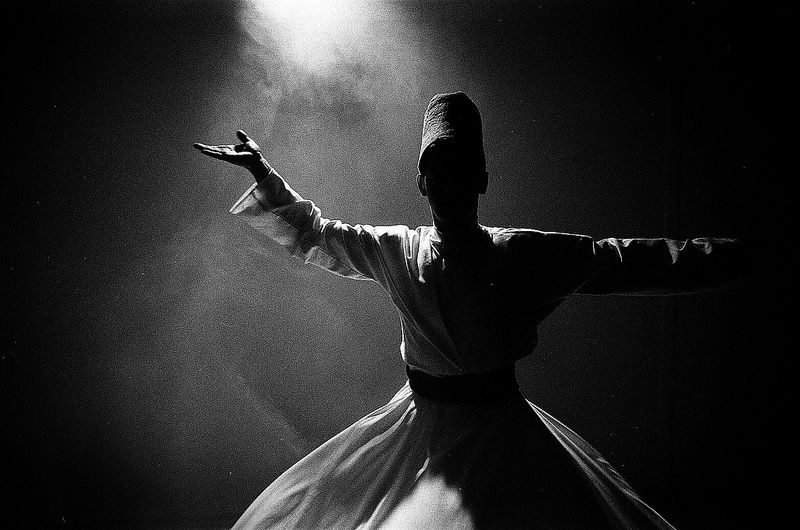Attitudes towards nudity have evolved significantly throughout India’s history, reflecting the country’s diverse cultural, religious, and social dynamics. From the acceptance and reverence of the naked body in ancient times to the more conservative and often stigmatized views of the modern era, this article explores the complex journey of societal perceptions of nudity in India.
Ancient India: Nudity as a Symbol of Purity and Spirituality
In ancient India, nudity was often associated with purity, spirituality, and a closer connection to the divine. This perspective is evident in various religious and philosophical traditions, as well as in art and literature.
Religious Contexts Hinduism, one of the oldest religions in India, has numerous references to nudity, particularly in the context of asceticism. Sadhus (holy men) and yogis often renounced worldly possessions, including clothing, to attain spiritual enlightenment. The Digambara sect of Jainism, which literally means “sky-clad,” practices nudity as a symbol of their ascetic lifestyle and non-attachment to material possessions. These traditions view the naked body as a natural and pure state, untainted by societal constructs and material desires.
Art and Literature Ancient Indian art and literature also reflect a more accepting attitude towards nudity. The sculptures and carvings on temples such as those in Khajuraho and Konark depict naked and semi-naked figures, celebrating the human form and its divine connections. These artistic expressions were not merely decorative but held deep religious and philosophical significance, illustrating various aspects of human life, spirituality, and the natural world.
Medieval India: Shifts in Perception
The medieval period in India saw significant changes in attitudes towards nudity, influenced by the arrival of Islamic rule and the accompanying cultural shifts. Islamic rulers brought with them more conservative views on modesty and dress, which began to permeate Indian society.
(i) Islamic Influence
The Islamic conquest of parts of India introduced new social norms and values, including more stringent views on modesty. The influence of Islam, with its emphasis on modesty and covering the body, led to a gradual shift in how nudity was perceived. This period saw a decline in the open celebration of nudity in art and a greater emphasis on modesty, particularly for women.
(ii) Social Norms and Clothing
During this time, clothing became a more significant marker of social status and identity. While ascetic traditions continued, they were increasingly seen as outside the mainstream societal norms. The general populace began to adopt more conservative dress codes, influenced by both Islamic and indigenous cultural practices.
Colonial India: Further Conservatism
The British colonial period introduced Victorian values to Indian society, further reinforcing conservative attitudes towards nudity. The British rulers imposed their own cultural norms, which emphasized modesty and decency, often clashing with traditional Indian practices.

- Victorian Influence: Under British rule, nudity and the human body were often viewed through a lens of Victorian prudishness. Public nudity and even traditional practices that involved partial nudity became stigmatized. The British administration introduced laws and regulations that aimed to suppress what they considered indecent behavior, further entrenching conservative attitudes.
- Impact on Indian Society: These changes had a lasting impact on Indian society, leading to a more widespread adoption of conservative dress and attitudes towards nudity. Public decency laws and societal norms became stricter, and the open expression of the human body in art and daily life was significantly curtailed.
Modern India: A Complex Landscape
In modern India, attitudes towards nudity are complex and multifaceted, influenced by a blend of traditional values, colonial legacies, and contemporary global culture.
Traditional vs. Contemporary Views
In rural areas and among older generations, traditional and conservative views on nudity often prevail. Modesty and decency are emphasized, and nudity is generally associated with shame and immorality. However, urban centers and younger generations are experiencing a shift towards more liberal attitudes, influenced by globalization, media, and exposure to different cultural practices.
Media and Popular Culture
The advent of the internet and global media has played a significant role in changing perceptions of nudity in modern India. Bollywood and the fashion industry have increasingly pushed the boundaries of traditional modesty, showcasing more liberal attitudes towards the human body. However, this shift often sparks controversy and backlash, reflecting the ongoing tension between conservative and liberal views.
Legal and Social Challenges
Legal frameworks in India still reflect conservative attitudes towards nudity. Public nudity is generally prohibited, and indecent exposure laws are strictly enforced. Activists and artists advocating for body positivity and the acceptance of nudity often face legal and social challenges, navigating a complex landscape of traditional norms and modern aspirations.
The evolution of attitudes towards nudity in India is a testament to the country’s rich and diverse cultural heritage. From ancient reverence and spiritual symbolism to the conservatism of medieval and colonial periods, and finally to the complex and often contentious views of the modern era, India’s journey reflects broader societal changes and ongoing negotiations between tradition and modernity. As India continues to evolve, so too will its attitudes towards nudity, shaped by a unique interplay of history, culture, and contemporary influences.




